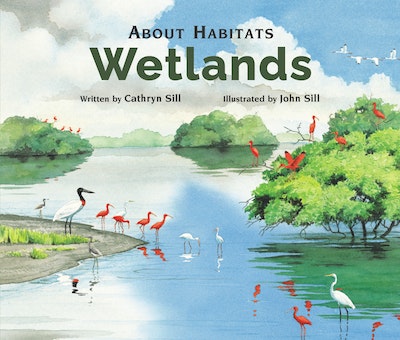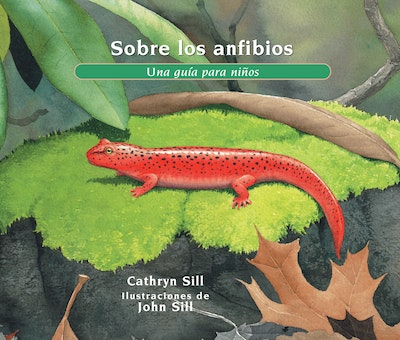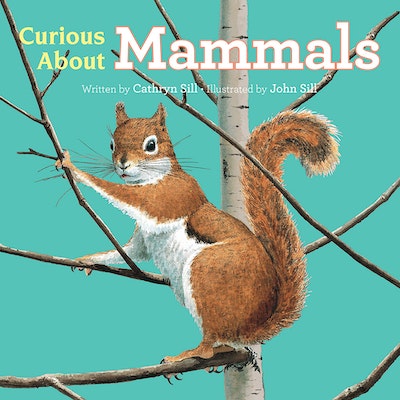- Published: 5 February 2013
- ISBN: 9781561456895
- Imprint: Holiday House
- Format: Paperback
- Pages: 48
- RRP: $19.99
About Habitats: Tundras
- Published: 5 February 2013
- ISBN: 9781561456895
- Imprint: Holiday House
- Format: Paperback
- Pages: 48
- RRP: $19.99
"This handsome book provides an attractive introduction to the variety, singular features, and great environmental importance of wetlands." —Booklist Online "The artwork is stunning, filled with realistic details and a beautiful balance of colors. The format would work well as a read-aloud" —School Library Journal "This book will appeal to all readers interested in habitats. . . clear, precise, and easy to understand. . . meticulous illustrations bring each scene to life. . . " —Library Media Connection "Each wetland has different plants and animals, but all are vital to help maintain the delicate balance among Earth's environments. This book will answer the questions readers have about fragile and important wetland habitats." —NSTA Recommends


























